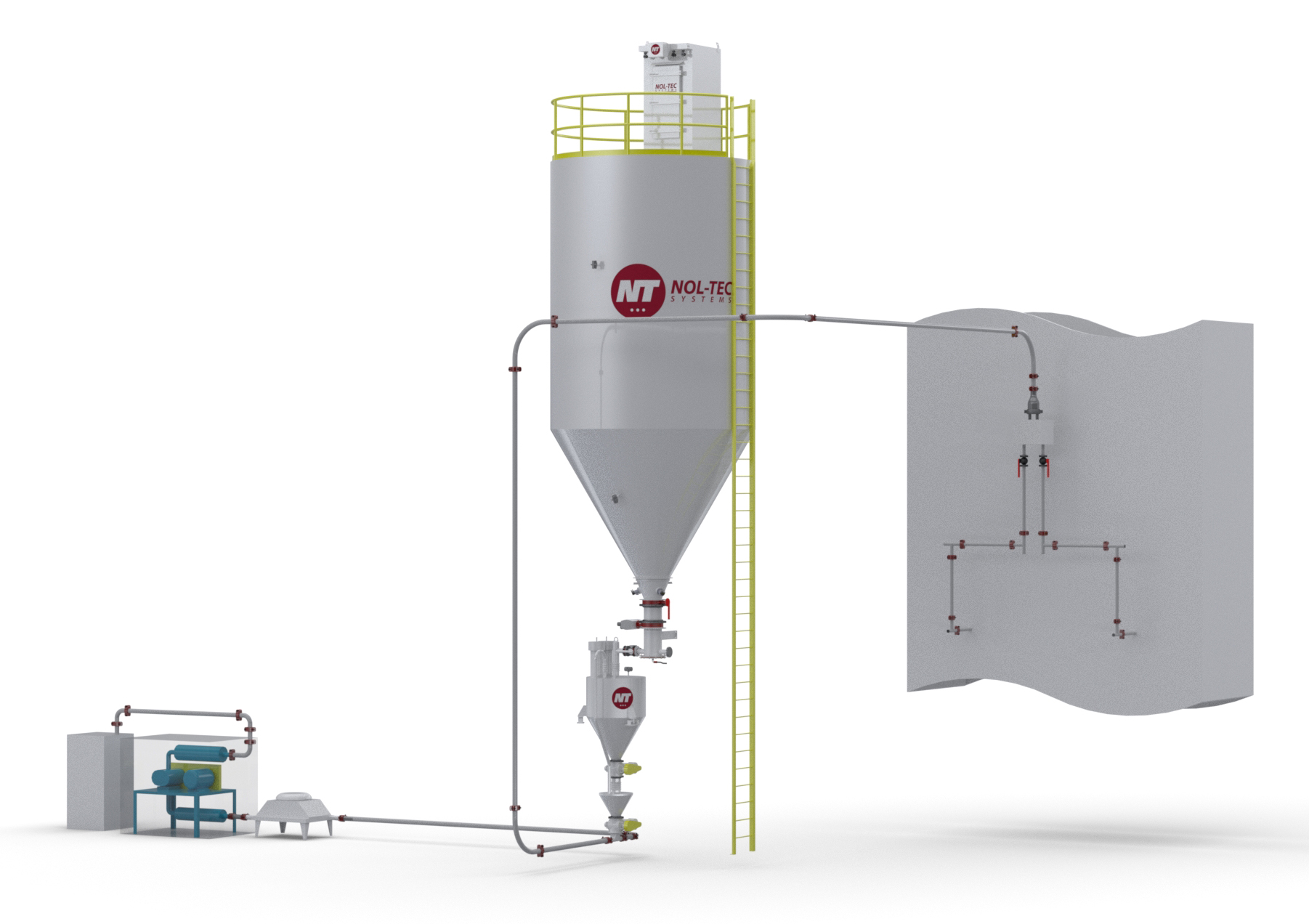Lime Kiln MACT Compliance Technology
In this article, we explore how Dry Sorbent Injection (DSI) works to remove HCl and other acid gases from exhaust gases. This process is effective in reducing the amount of hazardous gases released into the atmosphere, protecting the environment and public health.

Dry sorbent injection (DSI) removes HCl and other acid gases using a powdered alkali sorbent injected into the exhaust gas ductwork where it then reacts with the HCl in the exhaust stream. The sorbent solids are then collected in either an ESP or baghouse. Hydrated lime can be used in processes, such as lime manufacturing, where the goal is to reduce acid gas emissions only. If controlling mercury emissions, activated carbon injection or ACI systems have proven effective.
Considerations / questions to ask when moving forward with DSI or ACI systems:
- Will Computational fluid dynamics or CFD modeling be required to determine the optimum injection location, number of lances and injection rate?
- Sorbent selection, hydrated lime, trona, sodium bicarbonate or activated carbon.
- Truck or rail unloading of sorbent.
- Silo size, how many days storage based on sorbent delivery schedule.
- What technology will work best at keeping my sorbent moving out of the silo?
- What blower technology has proven effective in existing systems?
- Do I need to dry the conveying air?
- How is dust controlled throughout the system?
- How is the sorbent equally split to each injection lance?
- Do I need special elbows on the conveying system, what maintenance is required?
- System controls, local or remote.
- What experience does the DSI / ACI system provider have?
Key Takeaways
This list is by no means comprehensive, it just highlights several of the considerations and questions that you the buyer need ask of your DSI / ACI system supplier.
- Dry sorbent injection (DSI) removes HCl and other acid gases using a powdered alkali sorbent injected into the exhaust gas ductwork where it then reacts with the HCl in the exhaust stream.
- The sorbent solids are then collected in either an ESP or baghouse.
- Hydrated lime can be used in processes, such as lime manufacturing, where the goal is to reduce acid gas emissions only.
How can we help?
Maybe you need a new system, an upgrade to an existing system, or a retrofit. Regardless of size, industry, or material, we are here to help you get your project and product moving.
Get in touch